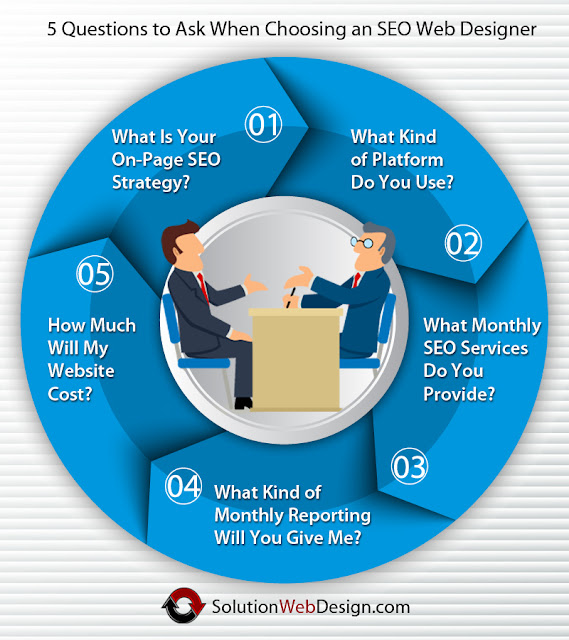The Best Google Analytics Metrics for Small Business
The free Google Analytics tool provides various metrics for assessing the results of your advertising and marketing campaign, which can then be used to improve your efforts and, in turn, increase your traffic as well as your conversion rates. This is especially useful if you are a small business who is interested in improving your leads. There are various Google Analytics metrics that small businesses should be concerned with including:
Audiences
Google Analytics enables you to track valuable metrics concerning your audience's background and patterns, which can then be used to build a successful campaign.Identifying your web audience helps you understand them better so that you can put your focus into developing more useful content. This entails studying your target market's interests, behavior, demographics, and more, which the Google Analytics tool allows you to do so you can produce the right kind of content that engages your intended audience.
Evaluating and then understanding how to use these metrics are the success factors in your campaign.
Traffic
The web traffic that is drawn to your site comes from various channels, including social media, pay-per-click advertising, emails, and more.Analyzing your traffic using Google Analytics helps you understand which channels your visitors are coming from, which can then help you create a more customized marketing and advertising campaign, which in turn can help you gain more traffic and increase your leads.
The Google Analytics tool can also help you track the increase and decrease of visitors to your site as well as which traffic sources are actually leading to conversions, which can also be used to improve your campaign.
Mobile Devices
The rise of users who access the internet via their mobile device is making understanding mobile users more significant than ever. Google search engines rank sites considerably higher that have been optimized to include mobile users, and this method of ranking is becoming more prevalent every day. Therefore, mobile user tracking is essential.Google Analytics enables you to track information concerning your mobile users, including the number of mobile users who accessed your site as well as the device they used to view your pages, such as a smartphone or a tablet. Using this information, you can assess the overall time mobile users are spending on your pages as well as the bounce rate.
If you find that your bounce rate is relatively high, it could be that your web design is incompatible with mobile devices, in which case you may benefit from responsive web design, which rearranges your design and content components to the screen size and orientation of the device.
Top Pages
There are undoubtedly some pages on your site that are outperforming the others. Google Analytics enables you to evaluate these top performing pages in-depth to help you understand the details of the page that may be contributing to its success, such as the layout, the content, or the design so that you can keep this in mind when editing or designing your other pages for success. It would help if you also took special care to examine the exit pages, which can ultimately make the difference between a quick session and a transaction.Average Session Duration
Wouldn't it be great to know how much time your visitors are spending on your site, which can then inform you as to if you are reaching your goals or not? The Google Analytics tool enables you to do just that. The metrics reveal each time that a visitor comes to your site and lingers for at least a half an hour, and it also tracks if they had more than one session.If you find that this number is lower than your goal, then it could signal that you need more useful and intriguing content. On the other hand, if this number is higher than your goal, it could indicate that you have an information overload, which could be causing your visitors to spend more time sifting through your pages to locate the information they need to complete their session. In either case, you can use this number to help you adjust your content so that you meet your web page objectives.
Visitors
Knowing you have repeat visitors as well as first-time visitors helps you improve your web page so that it is more likely to lead to a transaction. For instance, if you find that you have repeat visitors, it means that you are doing something right and that they are closer to converting. On the other hand, new visitors indicate a growth in your campaign, which also means your efforts are working. Therefore, carefully evaluate all of your visitors because their habits can reveal various details about your campaign, which can then be used to help maintain and improve your efforts for increased traffic and leads.Conversions
Conversions should be the main focus of your advertising and marketing behaviors. In other words, you should have a call to action that you want your customers to perform. For instance, do you want them to be included on your e-newsletter lists? You can use Google Analytics to track your conversions to see which content spurred your customers to sign up for the e-newsletter. However, it can also be used to show you which efforts need to be improved for increased transactions.Bounce Rate
The last thing you want is for your visitors to leave your site after viewing just one page, which ultimately means they won't be clicking on an ad, signing up for your email, or any other end goal that you had in mind. The Analytics tool can reveal how many visitors leave your site after just the first page, also known as the bounce rate, which can help you understand which pages are discouraging people from your site. For instance, perhaps website design needs to be updated, which with the help of an experienced Online Marketing Company, you can improve so that it is more engaging to visitors and decreases your bounce rate.Exit Pages
The exit page is the final page that your customers come in contact with before exiting your site; hence its name. If the exit metrics are particularly high for any page other than the last page of your website, then it may warrant some investigation. In other words, if your customers are leaving a page prematurely without even making it to the last page of your website, it could signal a problem with that particular page.For instance, you may want to evaluate the page for offensive content or any other elements that may be putting your visitors off. On the other hand, if you find that your visitors are leaving because they have simply reached the end of your website, then this is not a problem.
By evaluating the exit pages, it allows you to see where you can improve your pages to retain more potential leads.
In the end, Google Analytics provides valuable tracking metrics that can be used to discover a wealth of information regarding your visitors, including who they are, where they are located, how they are accessing your page, what their interests are, and how long they are interacting with your page. It also enables you to gauge the effectiveness of your marketing and advertising efforts.
Quite often, low conversion rates, high bounce rates, high exit metrics, and even low traffic can be due to a tedious web design or a web page that loads too slow, which may be turning your visitors away. Therefore, if after adjusting your marketing efforts and all else still fails, consider working with an experienced web designer who can revamp your web design so that it is more appealing to visitors and also favorable to Google rankings.
About the Author
Craig Corbel is the Vice President of Marketing for Solution Web Designs, a firm that builds strategic websites that generate leads with online marketing expertise. Learn more by visiting their website.



Comments
Post a Comment